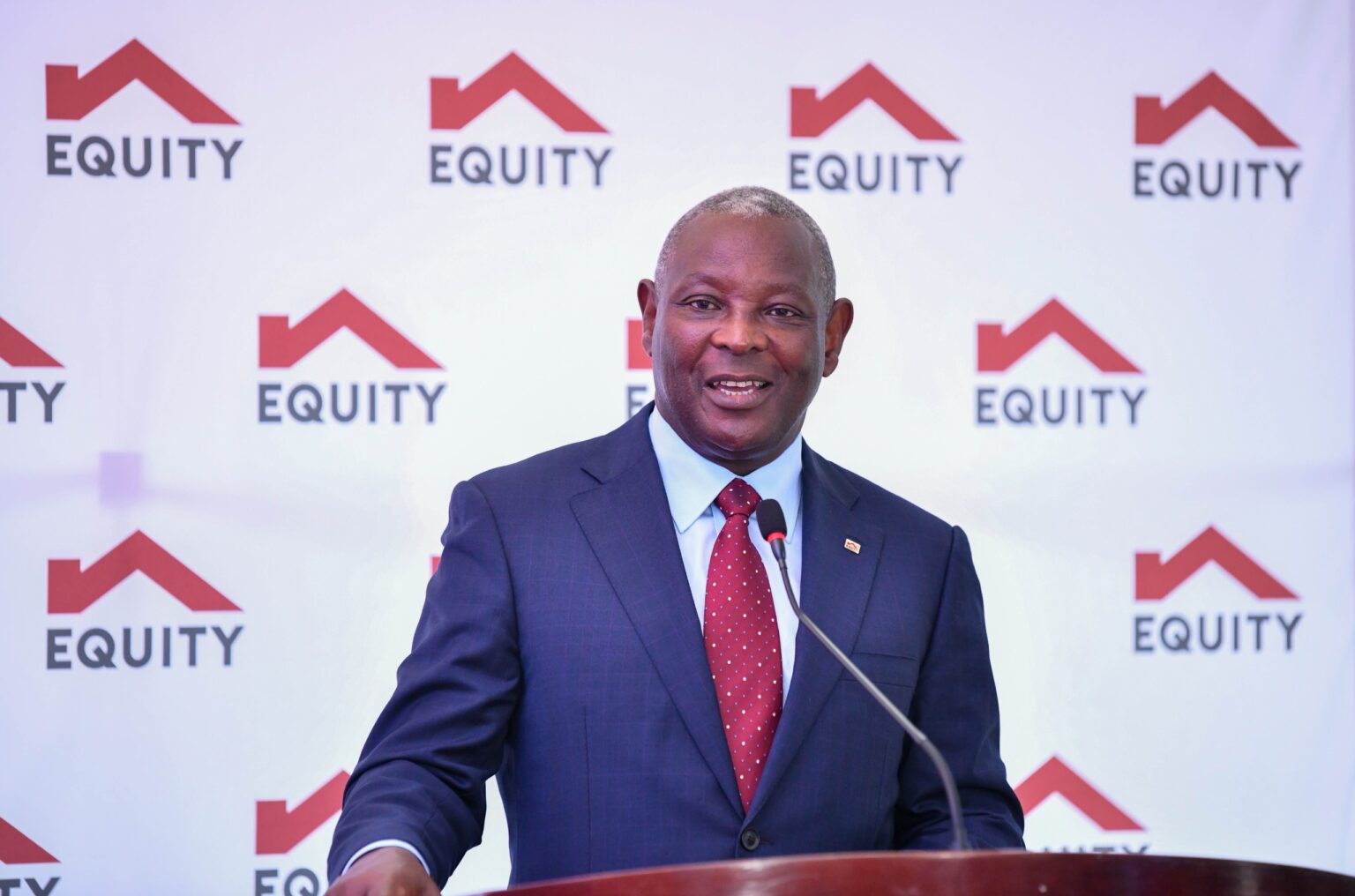ohio state jersey
florida state football jersey
49ers jersey
Iowa State Football Uniforms
Iowa State Football Uniforms
Iowa State Football Uniforms
asu football jersey
49ers jersey
ohio state jersey
ohio state jersey
ohio state jersey
Florida state seminars jerseys
custom made football jerseys
asu football jersey
- Equity Bank dividend payout of $0.03 (KES4) per share will amount to a 36 per cent payout of the regional lender’s $331.6 million net profit.
- Customer numbers grew to 19.6 million, translating to an increase in deposits, which hit $10.6 billion in 2023.
- Loan books also increased to $6.7 billion (KES887.4 billion) from KES706.6 billion in 2022.
Equity Group’s profits saw a five per cent decline to $331.6 million (KES43.7 billion) for the financial year ending in December 2023, down from $349 million (KES46 billion) the previous year. However, despite the drop, Equity Group’s dividend payout has hit record highs for the year ending December 2023, following its board’s recommendation.
This profit decrease has been partly attributed to the bank’s decision to maintain the loan interest charge at 13 per cent throughout the year despite changing global interest rates.
This has seen the lender issue a dividend payout of $113.8 million (KES15.1 billion), marking a dividend yield increase of 11.9 per cent from 8.8 per cent in the previous year. Equity Group CEO Dr James Mwangi said the shareholders will be paid $0.03 (KES4) per share compared with KES4 per unit the year before.
Equity Bank Dividend Payout
“The KES4 per share dividend amounts to a 36 per cent payout of the total net profit,” Dr Mwangi explained.
The lender’s net profit for the period under review stood at $331.6 million (KES43.7 billion), a five per cent decline from the previous year’s record of $349.8 million (KES46.1 billion).
Equity Group said it maintained a loan interest charge at 13 per cent for its customers in the year to December last year despite receiving the nod from the Central Bank of Kenya (CBK) to implement a risk-based pricing rate that would have pushed the cost of borrowing up to about 24 per cent. As a result, interest expense grew at 53 per cent compared to the 30 per cent growth rate of interest income.
“We opted to focus with our zeal of prudent provision and cushioning consumers against tough economic times that prevailed last year on the back of the depreciating local currency and geopolitical tensions that substantively affected supply chains,” Dr Mwangi said.
He, however, noted that the performance reflected strong momentum as net interest income grew by 21 per cent to $790.6 million (KES104.2 billion) from $652.5 million (KES86 billion), while non-funded income registered a 30 per cent growth to $575.9 million (KES75.9 billion).
Gross trade finance revenue grew by 90 per cent to $83.5 million (KES11 billion), driven by a 106 per cent growth of trade finance-related lending and 26 per cent growth of trade finance guarantees and off-balance sheet items.
The bank’s total costs grew by 52 per cent to $972.6 million (KES 128.2 billion), principally driven by a growth in loan loss provision, which grew by 139 per cent to $248.9 million (KES32.8 billion)
Other operating expenses and staff costs grew by 39 and 28 per cent, respectively, driven by high inflation and depreciation of the Kenya shilling. Return on average equity stood at 22.3 per cent against an 18 per cent cost of capital.
Read Also: Kenya’s Equity Bank completes acquisition of Spire Bank
Equity Group Customer Base Increase
Nevertheless, the lender boasts of an increased customer base in the period under review, with customer numbers growing to 19.6 million. This translated to an increase in customer deposits, which grew to $10.6 billion (KES1.4 trillion) from $8.3 billion (KES1.1 trillion) the previous year.
The loan book also subsequently increased to$6.7billion (KES887.4 billion) from KES706.6 billion. Overall, the Group’s total assets grew to Sh1.82 trillion from Sh1.45 trillion.
The Group registered a Portfolio at Risk (PAR) of 11.7 per cent, a slight improvement from 12.2 per cent at the end of the third quarter in September, favourably compared with 14.8 per cent of the general banking industry NPLs. PAR measures how much credit risk there is with loans.
Dr Mwangi pointed out that the NPL trend is consistent with management’s view at the investors’ 3rd quarter briefing that the NPLs had peaked.
“Prudent risk management culture led the board to approve a proactive de-risking of future performance by providing for the lifetime expected loss on outstanding NPLs and increasing loan loss provision by 139 per cent, driving the cost of risk to 4.4 per cent while increasing NPL coverage to 67.3 per cent.”
